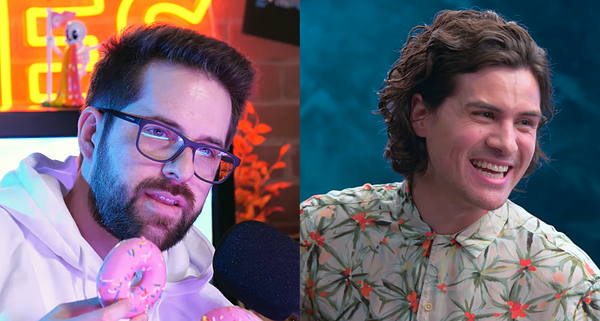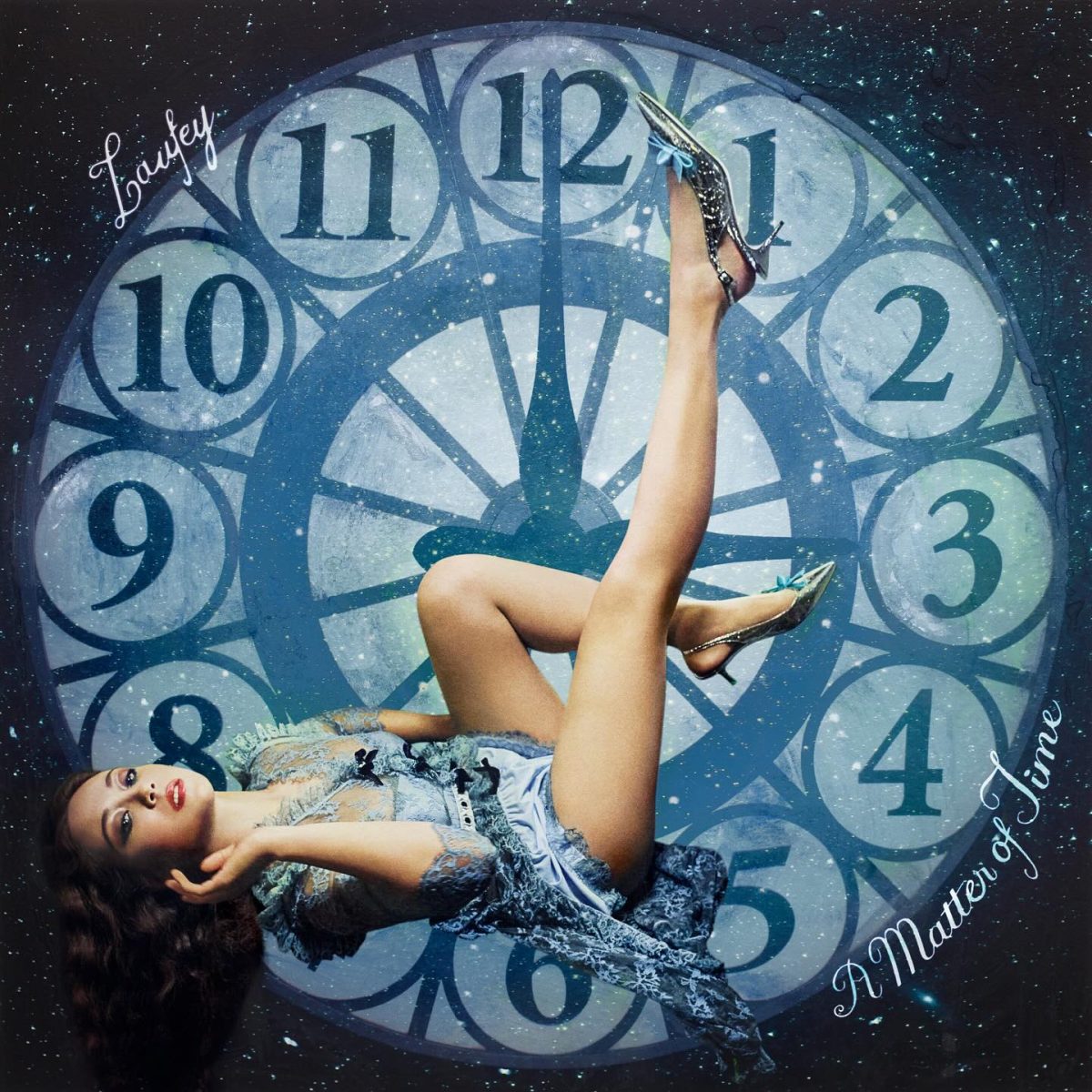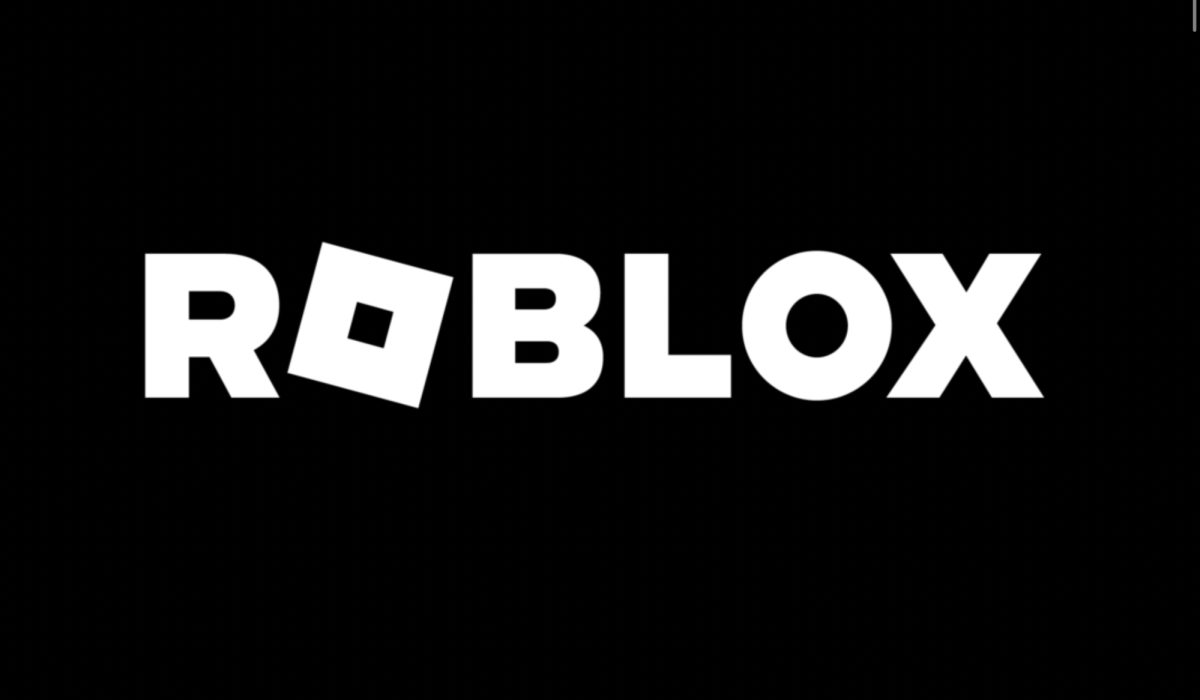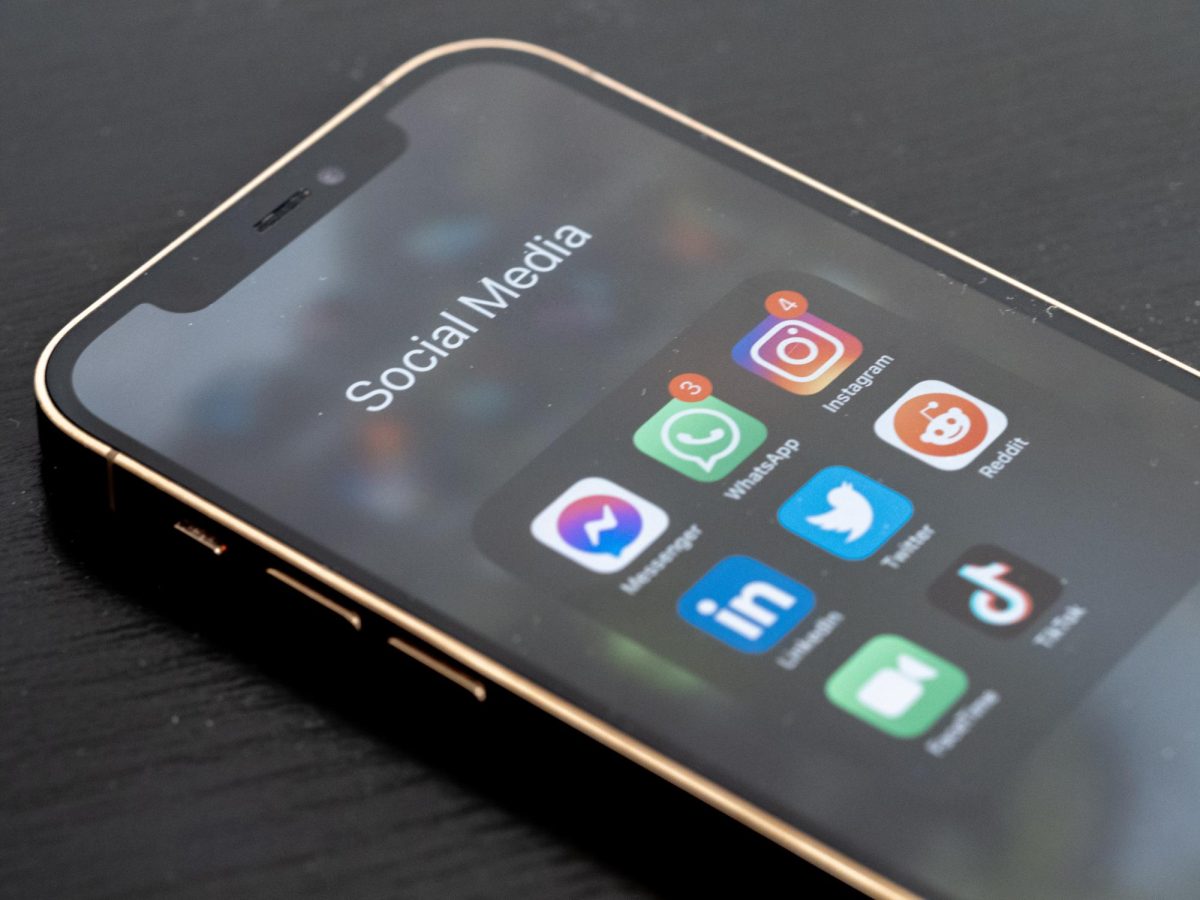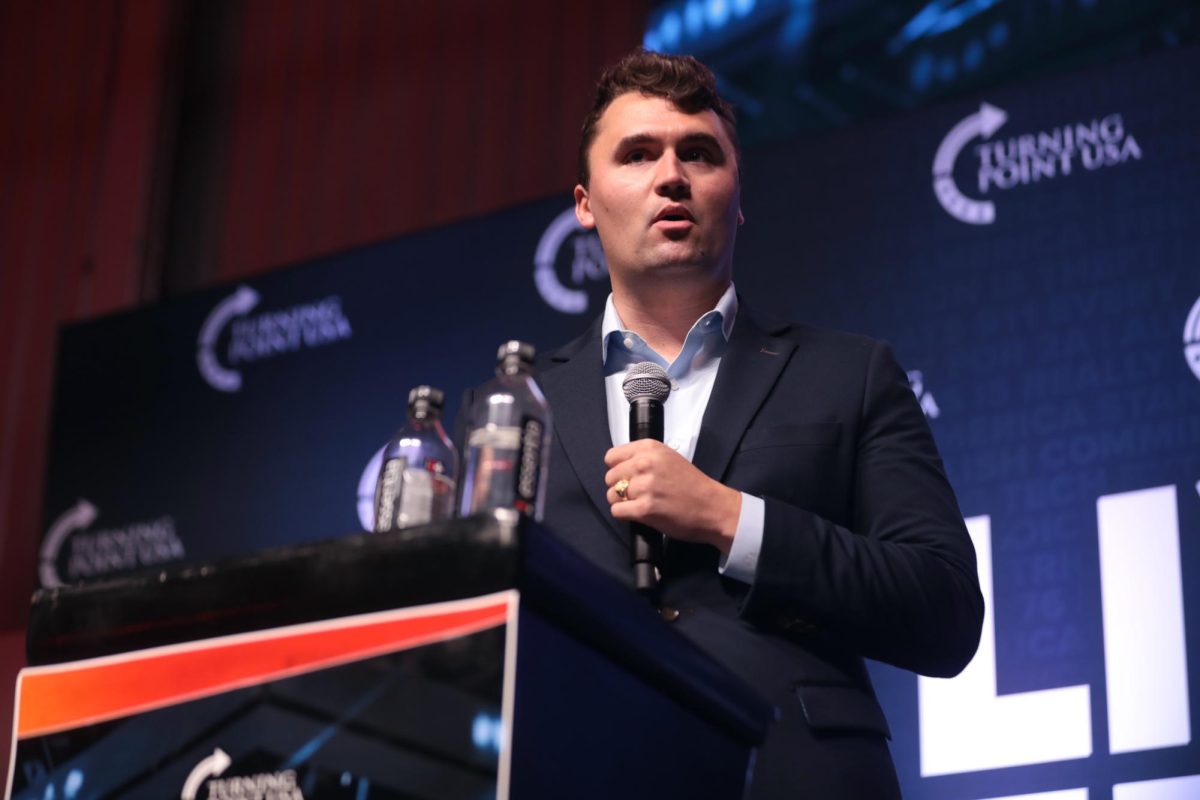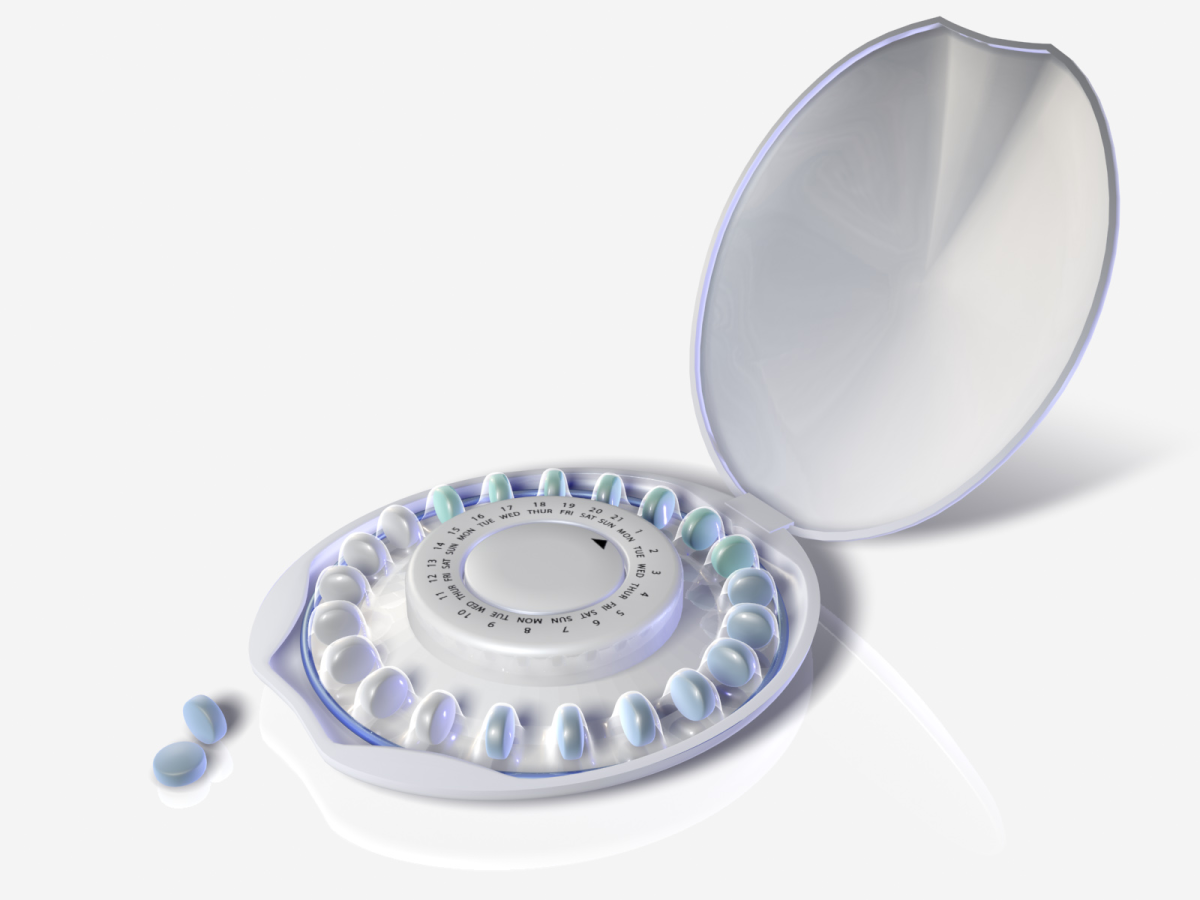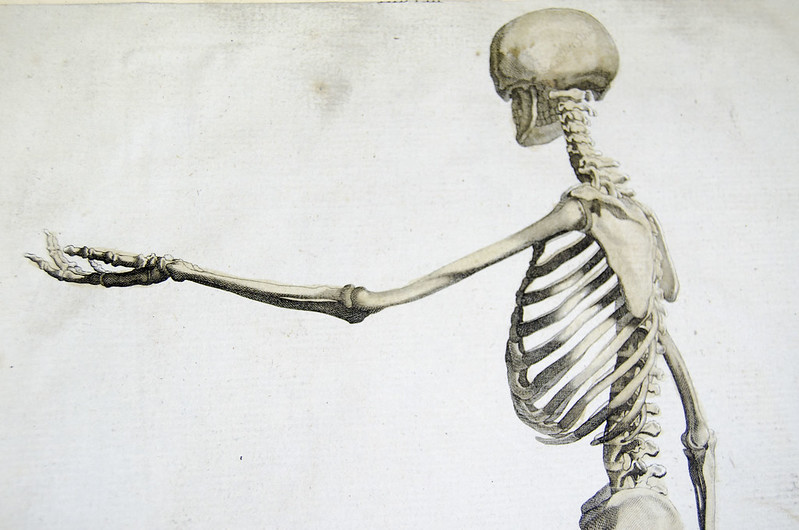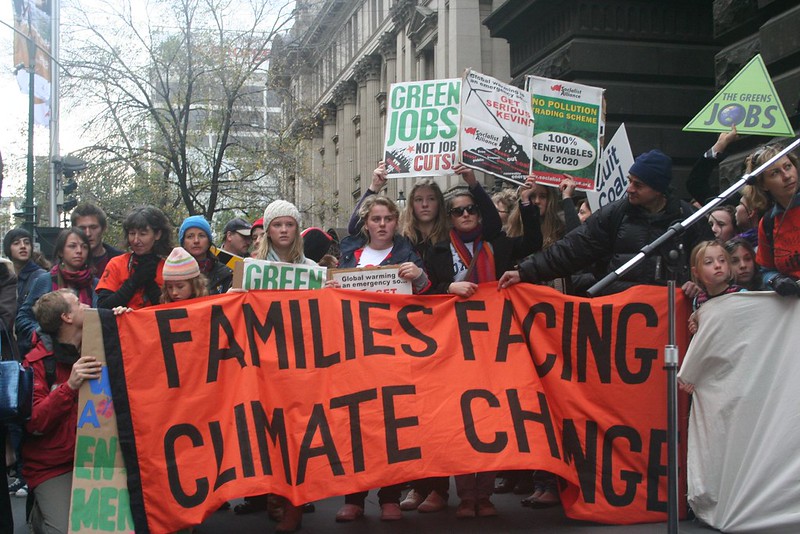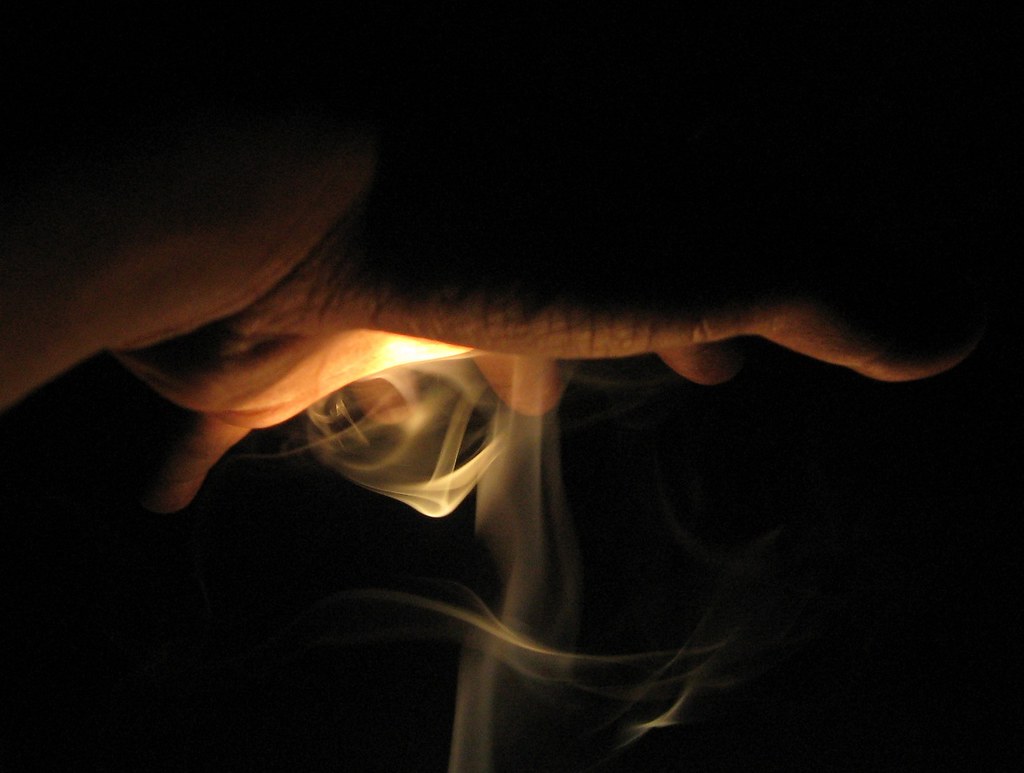Many high school teenagers are conscious of themselves, whether they want to be or not, and growing up doesn’t change the fact that teenagers check themselves in the mirror every once in a while. For some people, appearance is essential – to others, it’s less important and more about presentation. The saying “look good, feel good, do good” is very much a reality for teenagers, but in today’s growing world of social media, Instagram influencers, and positivity towards diversity, all of that is changing.
If you haven’t heard about what an “influencer” is, it’s time you do. Many people believe that influencers are just social media celebrities who look pretty and do workouts. They are right, but they are also wrong. Forbes recently published their 50-person list of the most influential and platform-wide individuals who run the media and beauty/fashion market of today, and it turns out that influencers aren’t just pretty faces and toned bodies. In fact, they are real people, putting out content for everything and everyone, from plus-size fashion to the best beauty products for people with dark skin, making it all so much more real than it was years ago.
One example of this is with makeup, especially foundation. Foundation is used to signify the base layer you put on before the rest of your makeup. Now, it has changed to what brands are calling “skin tints.” Skin tints, or tinted moisturizers, are moisturizers or liquid glow serums that add lighter coverage and give more of a natural look. The shift in today’s beauty of looking more natural, and less “cakey” is the energy behind this change. People care more about looking natural, in contrast to porcelain painted. Consumers want to look dewy – like they just rose out of the ocean, rays of sun reflecting off their faces.
Hailey Bieber, an influencer, has recently created a skincare brand called Rhode; a beauty brand focused on dewy, hydrated skin. Bieber, who has been famously known for her good genetics and flawless skin – hence the saying “I want skin like Hailey Bieber” – has powerhoused those good genes into a brand that promotes healthy skin, rather than coverage and heavy makeup. Something I love about this generation of beauty is that we are so willing and comfortable to be natural and open with each other about our flaws. Brands today are focused on inclusion and natural beauty, rather than trying to paint a picture of their ideologies. They make products that enhance the consumer’s own beauty, instead of transforming them into something fake and unrealistic.
Another thing to note about today’s “beauty standards” is that health has become more of an individual palette, rather than a buffet of chosen foods picked by society. Influencers in today’s world know that even if everyone did the same workouts and ate the same meals, we would still have different bodies. To combat this, many popular influencers like Emma Chamberlain, have shown themselves doing simple workouts, going on runs, or even just going on a walk. Social media promotes healthy lifestyles as an activity – an hour a day – rather than a frequently neglected activity. “Hot girl walks” have become trendy in the last few years. Basically, they mean putting on your headphones or earbuds and going for a walk. Many people love this, due to the fact that sometimes the best we can do for ourselves is go on an easy, 30-minute walk to stretch our legs and enjoy time away from the hustle and bustle of life. Many people have work, commitments, and other things to do in a day, so going to the gym or going for a longer run just isn’t something that fits into their schedule.
Humans need to evolve, and in doing so, so do their expectations of each other. Society is moving into a more inclusive, diverse, and realistic space, and people need to recognize that. Influencers are becoming a growing percentage of the world market, and they are making it more accessible to find things that actually benefit you and your day-to-day needs – because influencers use them too. Good skincare, clean makeup, inclusive fashion, and culturally aware media are coming under the spotlight, and it’s about time.










